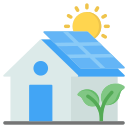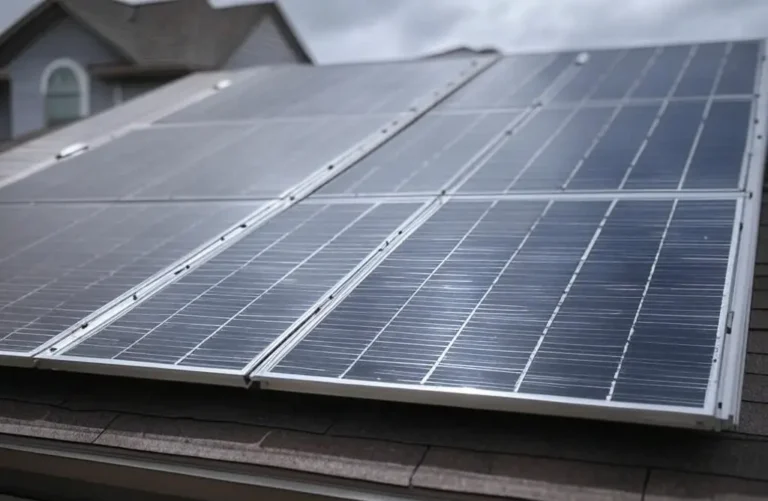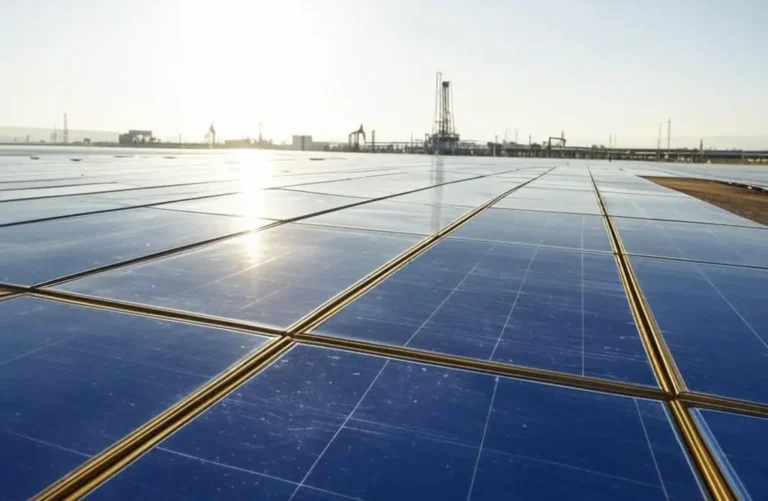Integrated Solar Utility Systems: Powering Communities with Siemens Solar
Integrated solar utility systems represent a transformative approach to large-scale energy production, combining photovoltaic (PV) technology with utility infrastructure to power entire communities. Siemens Solar is at the forefront of this revolution, designing systems that seamlessly integrate with existing grids to deliver clean, reliable energy. These systems are ideal for municipalities, industrial complexes, and residential developments seeking sustainable power solutions. This article explores the mechanics, benefits, and real-world applications of Siemens Solar’s integrated utility systems, offering a deep dive into how they’re shaping the future of energy.
The Rise of Integrated Solar Utilities
As cities and regions strive to meet renewable energy goals, integrated solar utility systems have gained traction. Unlike standalone solar farms, these systems are designed to work in harmony with utility grids, providing a stable power supply while reducing reliance on fossil fuels. The International Renewable Energy Agency (IRENA) reports that solar energy accounted for 3.1% of global electricity in 2022, a figure expected to triple by 2030 as integrated systems become more common.
Siemens Solar’s integrated systems combine PV arrays, advanced inverters, and grid management tools to optimize energy delivery. They’re built to handle the demands of large populations, making them a cornerstone of modern energy strategies.
Why Integrated Systems Are Key
These systems offer unique advantages:
- Scalability: Can power small towns to large cities.
- Grid Stability: Balances supply and demand with smart technology.
- Sustainability: Cuts carbon emissions significantly.
- Economic Growth: Creates jobs and reduces energy costs.
How Siemens Solar Systems Work
Siemens Solar’s integrated utility systems are engineered for efficiency and reliability. They include large-scale PV arrays, high-capacity inverters, battery storage, and grid synchronization tools. Here’s how they function:
Core Components
| Component | Function | Siemens Advantage |
|---|---|---|
| PV Arrays | Generate electricity from sunlight | High-efficiency panels up to 22% |
| Inverters | Convert DC to AC power | Smart grid-compatible inverters |
| Battery Storage | Store energy for peak demand | Scalable up to 10 MWh |
| Grid Tools | Manage energy distribution | AI-driven demand forecasting |
The system collects solar energy during the day, stores excess in batteries, and distributes it via the grid. AI tools predict demand, ensuring stability even during cloudy periods.
Applications Across Communities
These systems serve diverse needs:
Municipal Power
Cities use integrated systems to power public buildings, streetlights, and homes. A 10 MW system can supply electricity to 3,000 households annually.
Industrial Complexes
Factories and warehouses benefit from reliable, cost-effective power. A Siemens system in Germany powers a steel plant, reducing costs by 20%.
Residential Developments
New housing projects integrate solar utilities for energy independence. A California community cut bills by 30% with a Siemens system.
Case Studies
Germany: Industrial Power
A 50 MW system in Bavaria powers a manufacturing hub, saving €2 million yearly.
California: Community Energy
A 20 MW system with 40 MWh storage supports 6,000 homes, reducing emissions by 15,000 tons annually.
Technical Details
Systems range from 10 MW to 100 MW, with storage up to 10 MWh and 25-year warranties.
Conclusion
Siemens Solar’s integrated utility systems are redefining community power. Explore more on our site.




